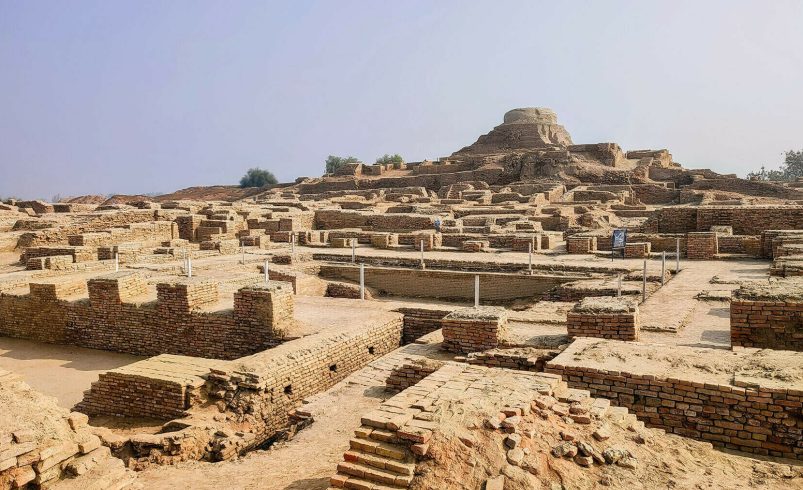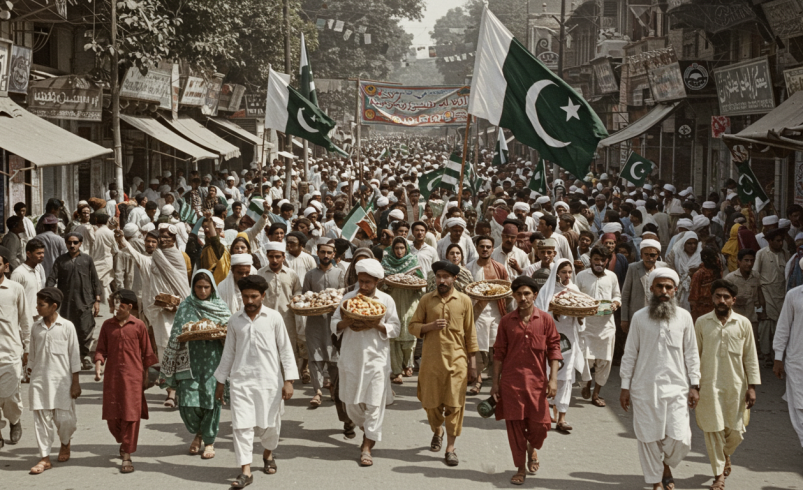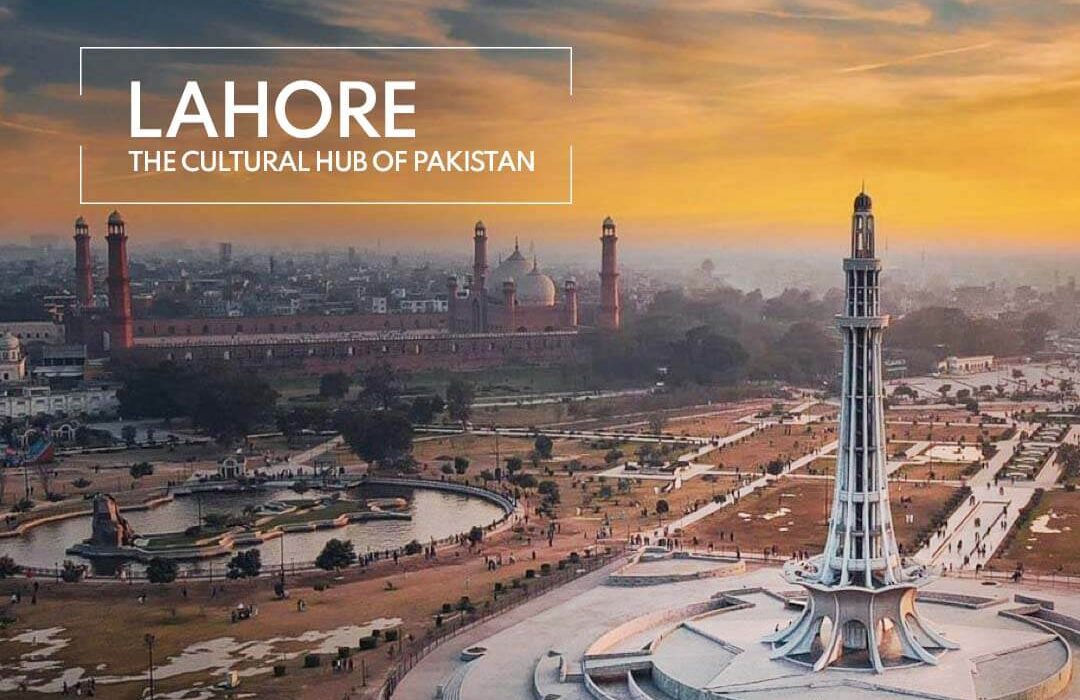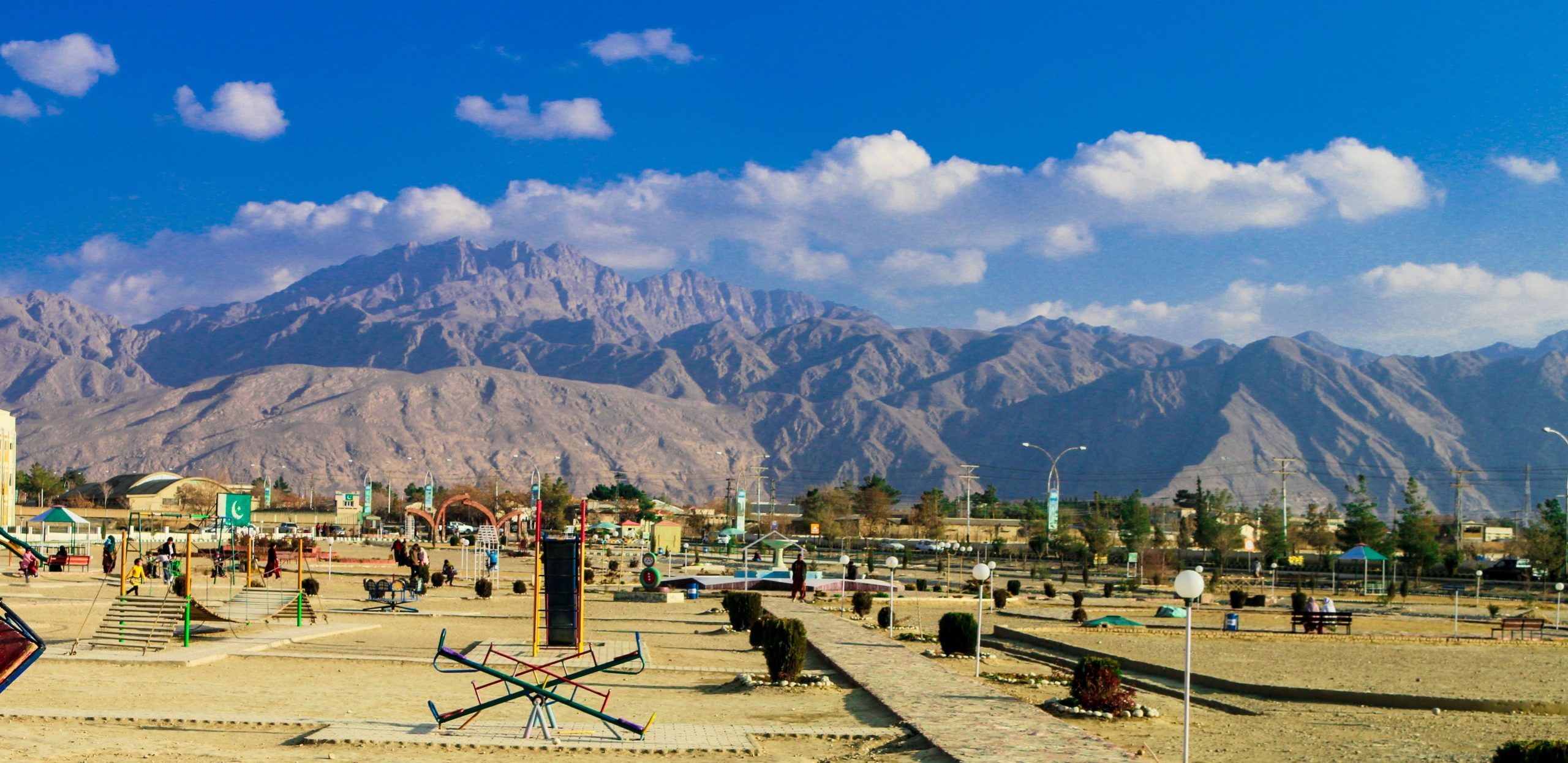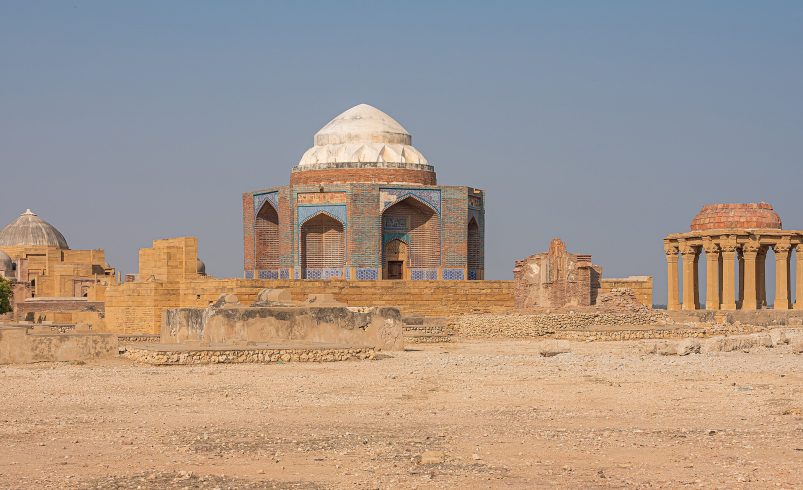
- August 13, 2025
🏛 Introduction
Makli Necropolis Thatta is one of the world’s largest and most fascinating historical cemeteries, covering an area of over 10 square kilometers in the Sindh province of Pakistan. Located just outside Thatta city, this UNESCO World Heritage site is a silent city of the dead that houses an estimated half a million tombs, graves, and mausoleums dating from the 14th to the 18th century. It is a treasure trove of history, art, and cultural identity that reflects the glory of multiple dynasties, including the Samma, Arghun, Tarkhan, and Mughal rulers. Walking through Makli is like stepping into a living museum of Islamic architecture and Sindhi heritage, where every stone tells a story.
📜 History of Makli Necropolis Thatta
The history of Makli Necropolis Thatta stretches back more than six centuries. According to legend, the name “Makli” came from a pious woman’s dream of making a pilgrimage to Makkah from this very location, which led people to call it “Little Makkah” or Makli. Initially, it served as the burial place for saints and scholars, but over time, it became the final resting place for rulers, nobles, and spiritual leaders.
The Samma dynasty, which ruled Sindh from the 14th to 16th centuries, began the tradition of building elaborate sandstone tombs with intricate carvings. Later, the Arghuns and Tarkhans introduced Persian and Central Asian design elements, while the Mughal emperors added their characteristic domes, arches, and glazed tiles. Each dynasty left behind its artistic signature, making Makli a unique blend of architectural styles.
🕌 Cultural Heritage of Makli Necropolis Thatta
Makli represents the cultural soul of Sindh. The site reflects the region’s religious diversity and the harmony that once existed between different communities. The tombs feature a fusion of Islamic calligraphy, Hindu floral motifs, and Central Asian geometric patterns. Many tombs also have inscriptions in Arabic and Persian, revealing the scholarly and spiritual importance of the individuals buried here.
For locals, Makli is not just a historical site but a sacred place. Sufi traditions run deep in Thatta, and Makli continues to attract pilgrims who visit the shrines of saints, offering prayers and paying their respects.
🏗 Architectural Marvels of Makli Necropolis Thatta
One of the most fascinating aspects of Makli Necropolis Thatta is its architectural diversity. The tombs and mausoleums here range from simple stone slabs to grand multi-domed monuments. Common features include
- Intricate sandstone carvings with floral and geometric motifs
- Blue glazed tiles, influenced by Central Asian design
- Calligraphic panels featuring verses from the Quran
- Mughal-style domes and arches
Some of the most notable structures include the Tomb of Jam Nizamuddin II, known for its symmetrical perfection; the Tomb of Isa Khan Tarkhan II, decorated with exquisite blue tiles; and the Tomb of Sultan Ibrahim, which reflects Mughal grandeur.
📅 Best Time to Visit Makli Necropolis Thatta
The best time to visit Makli Necropolis Thatta is from November to February when the weather is cool and pleasant. During these months, daytime temperatures range between 15°C and 25°C, making it comfortable for walking and exploring. The summer months, especially May to August, are extremely hot, with temperatures often exceeding 40°C, making sightseeing uncomfortable.
🗺 How to Reach Makli Necropolis Thatta
Makli is easily accessible by road and lies approximately 98 km from Karachi. Travelers can hire a taxi, drive themselves, or take a bus to Thatta. The site is about 6 km from Thatta city center, making it a short ride from the bus stand or any local accommodation.
Distances from Major Cities
| City | Distance to Makli Necropolis |
|---|---|
| Karachi | 98 km |
| Hyderabad | 100 km |
| Sukkur | 345 km |
| Islamabad | 1,375 km |
| Lahore | 1,050 km |
📍 Top Places to See in Makli Necropolis Thatta
- Tomb of Jam Nizamuddin II – Famous for its carved sandstone and perfect symmetry
- Tomb of Isa Khan Tarkhan II – Known for vibrant blue tiles and Mughal-style arches
- Tomb of Sultan Ibrahim – Reflects the grandeur of Mughal architecture
- Tomb of Jan Baba – Features intricate floral patterns and carvings
- Tomb of Mirza Jani Beg – Persian-inspired domes and detailed stonework
🎭 Local Festivals & Events Near Makli Necropolis Thatta
While Makli itself is primarily a historical site, nearby Thatta hosts annual Sufi Urs festivals to honor saints. These events include qawwali music, poetry recitals, folk dances, and traditional food stalls, attracting visitors from across Sindh.
🏨 Where to Stay When Visiting Makli Necropolis Thatta
Accommodation in Thatta is limited, so many travelers choose to stay in Karachi or Hyderabad and visit Makli as a day trip. However, there are a few guesthouses and heritage inns near Keenjhar Lake offering simple lodging for those who want to stay closer.
🍲 What to Eat When Visiting Thatta
Thatta offers delicious local cuisine, including Sindhi biryani, freshly caught fish from Keenjhar Lake, and sweet treats like ladoo and khajoor halwa. Street food lovers can enjoy spicy chaats, samosas, and pakoras from local vendors.
💰 Estimated Costs for Visiting Makli Necropolis Thatta
- Transportation from Karachi: PKR 3,000–5,000 (round trip by car)
- Entry Fee: Free (UNESCO heritage site)
- Food: PKR 500–1,000 per person
- Local Guide: PKR 1,500–2,500
📌 Suggested Itinerary for Makli Necropolis Thatta Trip
Day Trip from Karachi
- 7:00 AM – Depart from Karachi
- 9:30 AM – Arrive at Makli Necropolis and explore major tombs
- 1:00 PM – Lunch in Thatta
- 3:00 PM – Visit Shah Jahan Mosque or Keenjhar Lake
- 6:00 PM – Return to Karachi
🗾 Nearby Attractions & Distances from Makli Necropolis Thatta
- Shah Jahan Mosque – 3 km
- Keenjhar Lake – 22 km
- Chaukhandi Tombs – 85 km
🎒 Travel Packing Checklist for Makli Necropolis Thatta
- Comfortable walking shoes
- Water bottle
- Camera with extra batteries
- Sunblock and hat
- Light snacks
🚑 Emergency Contacts & Health Precautions for Visitors
- Police Helpline: 15
- Edhi / Chhipa Ambulance: 115
- Civil Hospital Thatta: +92 298 920059
Health Tip: Carry bottled water, avoid visiting in peak heat, and wear light, breathable clothing.
💡 Travel Tips for Makli Necropolis Thatta
- Hire a local guide to learn historical details you might otherwise miss
- Visit in the morning to avoid the heat and enjoy better lighting for photography
- Dress modestly and respect the sanctity of the site
❓ FAQs
🏛️ Why is this necropolis considered a UNESCO World Heritage site?
Because it preserves centuries of cultural, architectural, and historical significance with influences from multiple dynasties.
📜 How old is this historic site?
It dates back to the 14th century and has been in use for over 600 years.
🕌 What architectural styles can be seen here?
You’ll find a blend of Islamic, Mughal, Persian, and Gujarati influences.
📷 Can visitors take photographs during their visit?
Yes, photography is allowed, but be respectful around religious shrines.
💰 Is there an entry fee for visiting?
No, it is free to visit.
🚗 What is the best way to reach from Karachi?
The best option is by car via the National Highway (N-5).
🧭 Are guides available at the site?
Yes, local guides can be hired at the entrance.
🌞 Can I visit during the summer season?
You can, but it’s extremely hot, so winter is recommended.
⏳ How long does it take to explore fully?
Around 3 to 4 hours for a detailed visit.
🛡️ Is this place safe for tourists?
Yes, but always take standard travel precautions.
🏁 Conclusion
Makli Necropolis Thatta is more than just a burial ground; it’s a breathtaking monument to Sindh’s history, culture, and artistry. Its vast collection of tombs, each telling its own story, makes it a must-visit for historians, architects, and travelers alike. Visiting Makli is like stepping back in time to witness the legacy of rulers, saints, and artisans who shaped the region’s identity.


